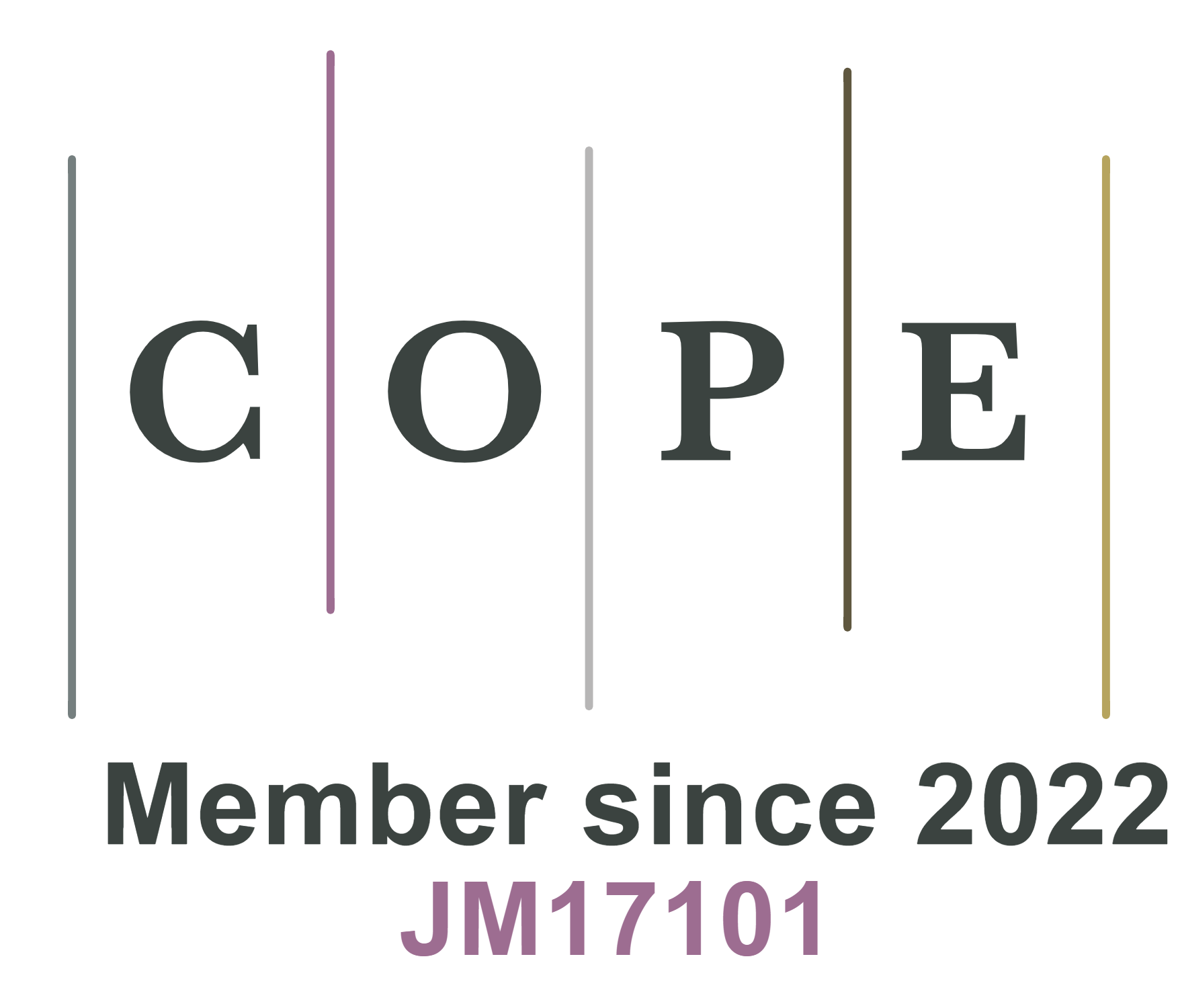REFERENCES
1. Tan G, Xu R, Xing Z, et al. Burning lithium in CS2 for high-performing compact Li2S-graphene nanocapsules for Li-S batteries. Nat Energy 2017;2:17090.
2. Pang Q, Liang X, Kwok CY, Nazar LF. Advances in lithium-sulfur batteries based on multifunctional cathodes and electrolytes. Nat Energy 2016;1:16132.
3. Ding Y, Kopold P, Hahn K, van Aken PA, Maier J, Yu Y. Facile solid-state growth of 3D well-interconnected nitrogen-rich carbon nanotube-graphene hybrid architectures for lithium-sulfur batteries. Adv Funct Mater 2016;26:1112-9.
4. Lin L, Pei F, Peng J, et al. Fiber network composed of interconnected yolk-shell carbon nanospheres for high-performance lithium-sulfur batteries. Nano Energy 2018;54:50-8.
5. Li Z, Zhang J, Guan B, Wang D, Liu LM, Lou XW. A sulfur host based on titanium monoxide@carbon hollow spheres for advanced lithium-sulfur batteries. Nat Commun 2016;7:13065.
6. Dong Q, Shen R, Li C, et al. Construction of soft base tongs on separator to grasp polysulfides from shuttling in lithium-sulfur batteries. Small 2018;14:e1804277.
7. Lu K, Zhang H, Gao S, Ma H, Chen J, Cheng Y. Manipulating polysulfide conversion with strongly coupled Fe3O4 and nitrogen doped carbon for stable and high capacity lithium-sulfur batteries. Adv Funct Mater 2019;29:1807309.
8. Lim WG, Jo C, Cho A, et al. Approaching ultrastable high-rate Li-S batteries through hierarchically porous titanium nitride synthesized by multiscale phase separation. Adv Mater 2019;31:e1806547.
9. Li Z, Yuan L, Yi Z, et al. Insight into the electrode mechanism in lithium-sulfur batteries with ordered microporous carbon confined sulfur as the cathode. Adv Energy Mater 2014;4:1301473.
10. Ding B, Yuan C, Shen L, Xu G, Nie P, Zhang X. Encapsulating sulfur into hierarchically ordered porous carbon as a high-performance cathode for lithium-sulfur batteries. Chemistry 2013;19:1013-9.
11. Schuster J, He G, Mandlmeier B, et al. Spherical ordered mesoporous carbon nanoparticles with high porosity for lithium-sulfur batteries. Angew Chem Int Ed Engl 2012;51:3591-5.
12. Pei F, An T, Zang J, et al. From hollow carbon spheres to N-doped hollow porous carbon bowls: rational design of hollow carbon host for Li-S batteries. Adv Energy Mater 2016;6:1502539.
13. Share K, Cohn AP, Carter R, Rogers B, Pint CL. Role of nitrogen-doped graphene for improved high-capacity potassium ion battery anodes. ACS Nano 2016;10:9738-44.
14. Zhou G, Yin LC, Wang DW, et al. Fibrous hybrid of graphene and sulfur nanocrystals for high-performance lithium-sulfur batteries. ACS Nano 2013;7:5367-75.
15. Demir-Cakan R, Morcrette M, Nouar F, et al. Cathode composites for Li-S batteries via the use of oxygenated porous architectures. J Am Chem Soc 2011;133:16154-60.
16. Ji L, Rao M, Zheng H, et al. Graphene oxide as a sulfur immobilizer in high performance lithium/sulfur cells. J Am Chem Soc 2011;133:18522-5.
17. Yuan H, Peng H, Li B, et al. Conductive and catalytic triple-phase interfaces enabling uniform nucleation in high-rate lithium-sulfur batteries. Adv Energy Mater 2019;9:1802768.
18. Yang X, Gao X, Sun Q, et al. Promoting the transformation of Li2S2 to Li2S: significantly increasing utilization of active materials for high-sulfur-loading Li-S batteries. Adv Mater 2019;31:e1901220.
19. Wang Y, Zhang R, Chen J, et al. Enhancing catalytic activity of titanium oxide in lithium-sulfur batteries by band engineering. Adv Energy Mater 2019;9:1900953.
20. Geng P, Cao S, Guo X, et al. Polypyrrole coated hollow metal-organic framework composites for lithium-sulfur batteries. J Mater Chem A 2019;7:19465-70.
21. Yao Y, Wang H, Yang H, et al. A dual-functional conductive framework embedded with TiN-VN heterostructures for highly efficient polysulfide and lithium regulation toward stable Li-S full batteries. Adv Mater 2020;32:e1905658.
23. Chen L, Jin X, Wen Y, et al. Intrinsically coupled 3D nGs@CNTs frameworks as anode materials for lithium-ion batteries. Chem Mater 2015;27:7289-95.
24. Zhu Y, Wen Y, Fan X, et al. Red phosphorus-single-walled carbon nanotube composite as a superior anode for sodium ion batteries. ACS Nano 2015;9:3254-64.
25. Byon HR, Gallant BM, Lee SW, Shao-horn Y. Role of oxygen functional groups in carbon nanotube/graphene freestanding electrodes for high performance lithium batteries. Adv Funct Mater 2013;23:1037-45.
26. Wu Z, Wang D, Ren W, et al. Anchoring hydrous RuO2 on graphene sheets for high-performance electrochemical capacitors. Adv Funct Mater 2010;20:3595-602.
27. Yang J, Ju Z, Jiang Y, et al. Enhanced capacity and rate capability of nitrogen/oxygen dual-doped hard carbon in capacitive potassium-ion storage. Adv Mater 2018;30:1700104.
28. Wang Z, Dong Y, Li H, et al. Enhancing lithium-sulphur battery performance by strongly binding the discharge products on amino-functionalized reduced graphene oxide. Nat Commun 2014;5:5002.
29. Bagri A, Mattevi C, Acik M, Chabal YJ, Chhowalla M, Shenoy VB. Structural evolution during the reduction of chemically derived graphene oxide. Nat Chem 2010;2:581-7.
30. Ruan J, Yuan T, Pang Y, et al. Nitrogen and sulfur dual-doped carbon films as flexible free-standing anodes for Li-ion and Na-ion batteries. Carbon 2018;126:9-16.
31. Mi K, Jiang Y, Feng J, Qian Y, Xiong S. Hierarchical carbon nanotubes with a thick microporous wall and inner channel as efficient scaffolds for lithium-sulfur batteries. Adv Funct Mater 2016;26:1571-9.
32. Xu Y, Ruan J, Pang Y, et al. Homologous strategy to construct high-performance coupling electrodes for advanced potassium-ion hybrid capacitors. Nanomicro Lett 2020;13:14.
33. Lin Y, Gao M, Zhu D, Liu Y, Pan H. Effects of carbon coating and iron phosphides on the electrochemical properties of LiFePO4/C. J Power Sources 2008;184:444-8.
34. Yao X, Ke Y, Ren W, et al. Defect-rich soft carbon porous nanosheets for fast and high-capacity sodium-ion storage. Adv Energy Mater 2019;9:1803260.
35. Zheng S, Chen Y, Xu Y, et al. In situ formed lithium sulfide/microporous carbon cathodes for lithium-ion batteries. ACS Nano 2013;7:10995-1003.
36. Cui X, Xie Z, Wang Y. Novel CoS2 embedded carbon nanocages by direct sulfurizing metal-organic frameworks for dye-sensitized solar cells. Nanoscale 2016;8:11984-92.
37. Zhang L, Ji L, Glans PA, Zhang Y, Zhu J, Guo J. Electronic structure and chemical bonding of a graphene oxide-sulfur nanocomposite for use in superior performance lithium-sulfur cells. Phys Chem Chem Phys 2012;14:13670-5.
38. Xu R, Lu J, Amine K. Progress in mechanistic understanding and characterization techniques of Li-S batteries. Adv Energy Mater 2015;5:1500408.
39. Lin Z, Liang C. Lithium-sulfur batteries: from liquid to solid cells. J Mater Chem A 2015;3:936-58.
40. Xu Y, Zhang C, Zhou M, et al. Highly nitrogen doped carbon nanofibers with superior rate capability and cyclability for potassium ion batteries. Nat Commun 2018;9:1720.
41. Bian Z, Yuan T, Xu Y, et al. Boosting Li-S battery by rational design of freestanding cathode with enriched anchoring and catalytic N-sites carbonaceous host. Carbon 2019;150:216-23.
42. Liu S, Li J, Yan X, et al. Superhierarchical cobalt-embedded nitrogen-doped porous carbon nanosheets as two-in-one hosts for high-performance lithium-sulfur batteries. Adv Mater 2018;30:e1706895.
43. Li Y, Wang W, Liu X, et al. Engineering stable electrode-separator interfaces with ultrathin conductive polymer layer for high-energy-density Li-S batteries. Energy Storage Materials 2019;23:261-8.
44. Xing X, Li Y, Wang X, Petrova V, Liu H, Liu P. Cathode electrolyte interface enabling stable Li-S batteries. Energy Storage Materials 2019;21:474-80.
45. Liu S, Zhao T, Tan X, et al. 3D pomegranate-like structures of porous carbon microspheres self-assembled by hollow thin-walled highly-graphitized nanoballs as sulfur immobilizers for Li-S batteries. Nano Energy 2019;63:103894.
46. Xu H, Liu Y, Bai Q, Wu R. Discarded cigarette filter-derived hierarchically porous carbon@graphene composites for lithium-sulfur batteries. J Mater Chem A 2019;7:3558-62.
47. Li Q, Song Y, Xu R, et al. Biotemplating growth of nepenthes-like N-doped graphene as a bifunctional polysulfide scavenger for Li-S batteries. ACS Nano 2018;12:10240-50.
48. Wu F, Lv H, Chen S, et al. Natural vermiculite enables high-performance in lithium-sulfur batteries via electrical double layer effects. Adv Funct Mater 2019; doi: 10.1002/adfm.201902820.
49. Li Z, Xiao Z, Wang S, Cheng Z, Li P, Wang R. Engineered interfusion of hollow nitrogen-doped carbon nanospheres for improving electrochemical behavior and energy density of lithium-sulfur batteries. Adv Funct Mater 2019;29:1902322.
50. Xing Z, Li G, Sy S, Chen Z. Recessed deposition of TiN into N-doped carbon as a cathode host for superior Li-S batteries performance. Nano Energy 2018;54:1-9.
51. Wu Y, Gao M, Li X, Liu Y, Pan H. Preparation of mesohollow and microporous carbon nanofiber and its application in cathode material for lithium-sulfur batteries. J Alloys Compd 2014;608:220-8.
52. Cao B, Zhang Q, Liu H, et al. Graphitic carbon nanocage as a stable and high Power anode for potassium-ion batteries. Adv Energy Mater 2018;8:1801149.
53. Guo D, Ming F, Su H, et al. MXene based self-assembled cathode and antifouling separator for high-rate and dendrite-inhibited Li-S battery. Nano Energy 2019;61:478-85.
54. Peng H, Huang J, Zhao M, et al. Nanoarchitectured graphene/CNT@Porous carbon with extraordinary electrical conductivity and interconnected micro/mesopores for lithium-sulfur batteries. Adv Funct Mater 2014;24:2772-81.
55. Niu S, Lv W, Zhang C, et al. One-pot self-assembly of graphene/carbon nanotube/sulfur hybrid with three dimensionally interconnected structure for lithium–sulfur batteries. J Power Sources 2015;295:182-9.
56. Feng L, Zhu Z, He Y, et al. Superfast and solvent-free core-shell assembly of sulfur/carbon active particles by hail-inspired nanostorm technology for high-energy-density Li-S batteries. Journal of Energy Chemistry 2022;65:565-73.
57. Peng H, Hou T, Zhang Q, et al. Strongly coupled interfaces between a heterogeneous carbon host and a sulfur-containing guest for highly stable lithium-sulfur batteries: mechanistic insight into capacity degradation. Adv Mater Interfaces 2014;1:1400227.
58. Xiao Z, Yang Z, Nie H, Lu Y, Yang K, Huang S. Porous carbon nanotubes etched by water steam for high-rate large-capacity lithium-sulfur batteries. J Mater Chem A 2014;2:8683-9.









